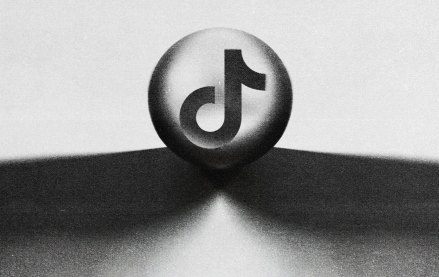
At this week’s Digiday Retail Summit, we asked retailer, agency and vendor executives to share their biggest ongoing challenge, which we collected on the Digiday Challenge board. The submitted challenges surrounding cross-channel attribution, the tension between building brand awareness and driving conversion, and internal silos that stiffen innovation.
#Retailmarketing brainstorm at @DigidayEvents #DigidayDRS pic.twitter.com/m6Nul263RO
— Nicho (@NichoApp) January 27, 2016
To learn more about what’s causing strife in the world of retail, we asked a few execs attending the Digiday Retail Summit to elaborate on these challenges.
Platform problems
“Our money is going to Facebook and Instagram, proportionally. We’re putting resources into both, and that’s taking away from what we put into both Twitter and Pinterest. We joke about Pinterest — you have to wonder if they’re just using up all the money in their savings account. Plus, they’re not easy to work with.”
“Does Pinterest even want to make money? It doesn’t seem like it.”
Beacon questions
“Everyone’s focusing on beacons in their own stores, but all that does is target the people who have already come in and started shopping with you. What about beacons in bars, restaurants and airport terminals? That seems like it would be a better way to drive customer acquisition.”
Lack of urgency
“Something that’s grinding my gears: the lack of urgency for senior management to evolve business models, departments and budget processes to mirror the new world we’re facing.”
Losing focus
“Marketing whiplash is the real deal. It’s frustrating how quickly a marketing plan/strategy can be upended in pursuit of a bright shiny object based on an article we read about another company’s supposed tactics, or the whim of a CEO or board. When can we stop looking over our shoulders and stay the course?”
“Nobody understands how brands grow. At the core, most people don’t understand that there are irrefutable laws that dictate how brands grow. They’re just chasing the latest trend or platform, or worse — taking what worked at another brand, usually a hot one, and trying to apply it to theirs without having an understanding of the fundamentals or their brand’s purpose. Time and money are being wasted.”
Short-sighted ad sellers
“Today, media solutions are largely classified between brand and direct response, commanding CPM-type and CPC-type pricing respectively. I buy both brand and direct response, and even though I measure each differently, I still measure both to an ROI. What frustrates me is that branding providers continuously pitch reach rather than growth. I don’t care about impressions; I care about moving the needle.
“I would love it if media providers could pitch me branding campaigns in terms that I care about: impact to my bottom line. It seems as though they raise their hands and say that they can offer me reach but that it’s up to me to figure out how to calculate the impact on my business. I think this is a missed opportunity. Not all media is the same, so if you’re offering me something unique, tell me roughly how much I need to invest and how I should test measuring its effectiveness for growing my business.”
More in Marketing

Even with a new U.S. TikTok deal in sight, marketers feel uneasy
A new U.S. TikTok app means starting from scratch.

How Best Buy aims to woo advertisers in a crowded and competitive RMN marketplace
Best Buy Ads held its first upfront event to pitch new ad products and creator partnerships as it vies for budget in a competitive retail media space.

Future of Marketing Briefing: In the age of AI, the CMO role gets a corporate makeover
For all the TED-talk theatrics about transformation and innovation, the CMO gig has, for the past 15 years, been one long exercise in reactive survival.





